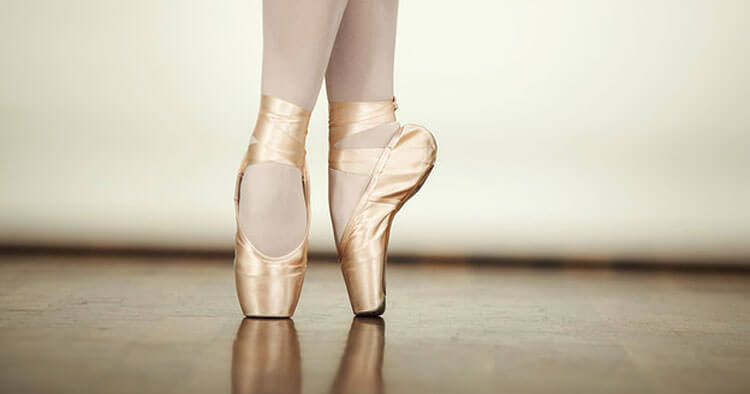Returning to Dance after the summer break?
With lots of dance schools heading into term 1 after a break over the holidays, now is a great time to be on the look out for signs of excessive fatigue, pain and changes in posture of the feet, ankles and lower legs. Classes like Jazz, Ballet, Tap, Ballroom and Modern or Contemporary styles have very different demands on the body and the influence of different footwear increases physical demand even more! Below are some tips around avoiding foot pain dancing and guidance regarding when to see a podiatrist
Essential information for starting back and avoiding foot pain dancing
After a break or simply with increasing the number or length of classes that are being taken in styles such as ballet, tap, jazz, contemporary, ballroom or musical theatre, it can be very normal to develop fatigue, aches and tension in the muscles and soft tissues. If you’re younger, you are much more resilient to changes in activity, but as we age into the teenage years and beyond, the impact of significantly increasing activity can be larger. Here is a list of key behaviours that can help you reduce the risk of overuse injuries and foot pain dancing upon returning to dance class:- Developing a pre-class warm-up routine. This should gradually increase your heart rate, prepare movements, skills and mobility that you’d like to improve during each class and start with low intensity movements, moving to higher intensity movements. Sometimes the class includes a great warm up, but it is always beneficial to work on areas of weakness or previous injury prior to class.
- Report any pain or previous injuries with your teacher or instructor before the class so they may offer you appropriate alternatives where that is necessary.
- Ensure you’re on top of any pain or injury from before the break. If resting from dance over the break has resolved the pain, an individualised return to performance plan developed by you and a health professional may be necessary for a smooth transition into the term while remaining pain-free to minimise time off.
What growth and development changes should I be looking out for?
This is mainly an important consideration for younger dancers ! Growth spurts mean that ankle and knee posture can be changing up to the age of about 15. During and around areas of rapid growth, temporary changes in posture, muscle strength, and flexibility may be noticed. This may mean that technique adjustments might be necessary and individual strength and conditioning may be important to maintain skills and reduce risk of pains, strains and other injuries. Knee and ankle posture may be noticeably different. During certain developmental phases, having a more ‘knock-knee’ appearance (genu valgus), or opposingly a ‘bowed’ (genu varus) posture when the legs are straight can be expected. For most, these positional changes are temporary. However, if the position seems excessive, has changed rapidly, is causing pain or is hindering normal participation in dance, it is well worth an appointment with your podiatrist to assess and manage the condition.Avoiding Foot Pain Dancing In Ballet
Starting ballet en pointe and/or beginning more advanced grades of ballet may also be commencing with the start of the new term. This can be a very exciting challenge for ballet dancers. It is very important to ensure foot and ankle health is outstanding before beginning pointework. It is essential to have the full support of your ballet teacher and possibly a pre-pointe assessment completed depending on the policies and procedures of your dance school. It is essential that mobility, strength and control is adequate. I usually recommend that students have an assessment by a podiatrist at least 6 months prior to commencing pointework to ensure you’re prepared to start strong and with success.When to see a podiatrist as a dancer?
Upon commencing the dance term, dancers should see an experienced podiatrist as soon as any foot or ankle pain is noticed. This is particularly important if it is impacting class, rehearsal or performance participation. You should consider consulting a dance podiatrist if the conditions and concerns listed below become apparent:- Sprain or strain injuries
- Foot or ankle swelling or inflammation
- Recurrent calluses, blisters or other skin concerns
- Ingrown toenails, bruised toenails, thickened, broken or lifting toenails
- Fungal toenail infections
- Arch or heel pain
- Achilles tendon pain
- Pain in the ball of the foot or toes
- Ankle weakness or instability
- Warts
- Corns
- Significant postural changes



